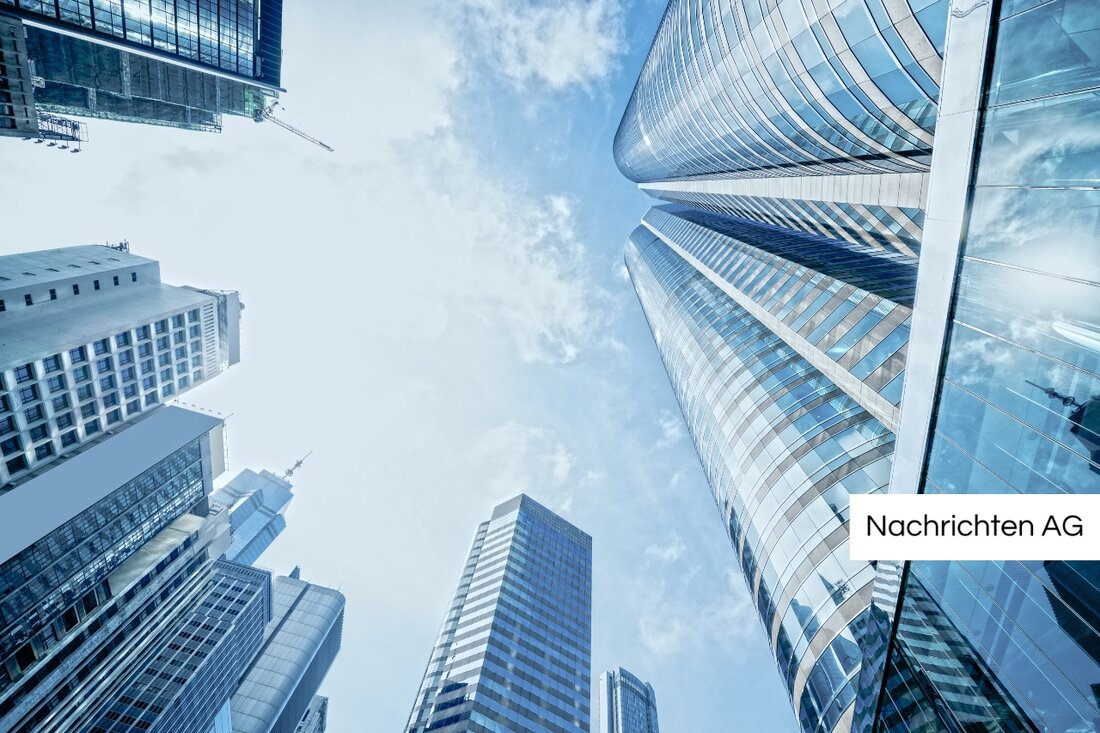Mega quake threatens: San Francisco faces a new disaster!
Experts warn of a possible mega quake in San Francisco until 2032. Learn more about the risks and preparations.

Mega quake threatens: San Francisco faces a new disaster!
On April 18, 1906, San Francisco was shaken by a devastating earthquake of strength 7.9, in which around 3,000 people lost their lives and about 80 percent of the buildings were destroyed. This tragedy is the focus of the discussion about the seismic danger that the region is constantly exposed. Experts warn of the possibility of a mega quake that is known as "Big One" and could occur by 2032. According to the Exxpress , such a quake in the San Francisco Bay area could achieve a strength of 6.7 or higher.
In the night of Monday, seven quakes were already registered off the coast of Northern California, with five of them performing within a few minutes. Fortunately, there were no injuries or damage, but such quakes are seen as a warning sign for a possibly larger earthquake. Sarah Minson from the US Geological Survey estimates the likelihood of a strong earthquake in the region within the next 30 years to alarming 72 percent.
The threat from the San-Andreas fault
The San-Andreas fault, a 1,300 kilometer slab border, runs through the Bay Area and is considered the main factor for seismic activity in California. An expert report forecasts that a mega quake along this rejection could result in up to 1,800 fatalities, 50,000 injured and economic damage of around $ 200 billion. Therefore, experts demand to strengthen the infrastructure and carry out regular earthquake exercises in order to prepare the population appropriately.
In addition to the historical data that indicates the catastrophic consequences of past earthquakes, a new study, published in the specialist magazine "Frontiers for Earth Science", shows that signals for increased seismic activity have been observed since 2021. Luca Malagnini, the head of the research group at the National Institute for Geophysics and Vulkanology in Italy, emphasizes the urgency of these warnings and points out that the next shock in the Parkfield region, the more precise place is currently unclear.
research on earthquake risks
The consideration of historical earthquakes and the development of new procedures for risk assessment are of central importance for preparation for future events. So the Deutschlandfunk that researchers at the University of Chicago develop a new process that analyzes geological evidence and calculates the likelihood of future earthquakes. While standard models assume that the entire voltage in the subsoil is broken down for each earthquake, new insights show that residual stress can remain, which increases the likelihood of further quake.
The study also shows that the Mojave section of the San Andreas rejection is 40 percent for a quake over the next 30 years, and even 45-50 percent for the year 2050. These numbers illustrate the need to prepare for possible disasters, because as the history shows, long intervals without earthquakes can often be followed by shorter intervals with several quakes.

 Suche
Suche
